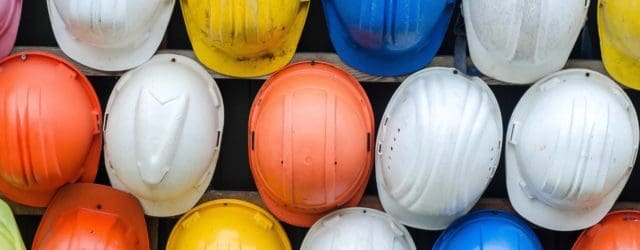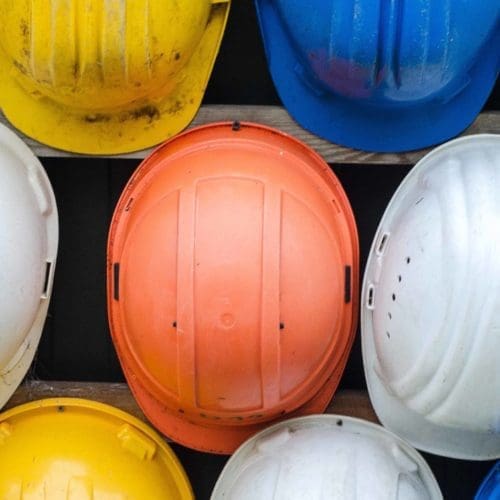Autumn Budget 2021: What does it mean for cladding remediation?
November 2021As we reported previously in our article here, the UK Government will be introducing a Residential Property Developer Tax in 2022. This tax will be used to partly fund the Government’s £5.1bn Building Safety Fund for cladding remediation costs borne by leaseholders in high-rise buildings over 18 metres.
In the Autumn Budget 2021 announcement, Chancellor Rishi Sunak confirmed that from 1 April 2022 the new tax, called the ‘Building Safety Levy’, will be enforced at a rate of 4% to profits over £25m a year that arise from residential property development. The tax will apply over a 10-year period with the aim of raising £2bn for the Building Safety Fund.
What we know so far
This Building Safety Levy will affect companies that pay UK corporation tax and those that carry out residential property development activities on or in connection with land that they also have an interest in.
The draft legislation for the tax has adopted a wide-ranging definition of “residential property”, which covers “buildings designed or adapted for use as a dwelling… extended to include land that is intended for development where planning permission is being sought for residential property development”. However, the definition excludes hotels, hospitals and hospices, institutions, student accommodation and accommodation for members of the armed forces or emergency services. Furthermore, “residential property development activities” range from seeking planning permission for a proposed residential development to the construction of residential property, encompassing the integral elements of the property development process.
The 4% tax rate will only apply to a company’s trading profits that relate to residential property developments, provided that those profits are over £25m each year. A corporate group will be able to allocate the £25m annual allowance between its companies and profits in excess will be taxed at a rate of 4%. If a development has a mixed-use purpose, only the profits arising from the residential development will be taxable. The Government has said that the purpose of the tax is to ensure that “developers play their part” in the remediation efforts.
Comment
Although the announcement of the Building Safety Levy is a positive development, it remains to be seen if the £5.1bn fund will be sufficient to meet the total remediation costs. A June 2020 report by the Housing, Communities and Local Government Committee titled “Cladding: Progress of Remediation” estimated that these costs could be as high as £15bn.
It is expected that the Levy will raise c. £2bn, however, it has not been announced how the Government will fund the remaining £3.1bn to reach the £5.1bn total pledged in the Building Safety Fund. In any event, the fund is limited to “higher risk buildings” and just for the removal of cladding, whereas in many cases it is likely that further steps, such as installing fire stopping and cavity barriers, will be required to ensure that a building over 18 metres is safe for residents.
Going forward, the cladding crisis requires meaningful direct Government intervention to resolve the outstanding costs and we await the Government’s response on this matter.
To read our previous articles in the Building a Safer Future series, please click here.
Download PDF









